February 23, 2023
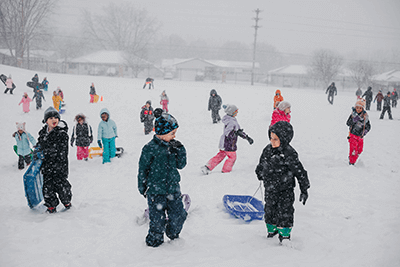 Thank You!
Thank You!
A big thank you to everyone who brought in snacks and drinks for this week’s Faculty and Staff Appreciation.
MS Snow Tubing Food Drive
Extended through Friday, February 24
It’s your last chance to participate! Bring non-perishable food items to your advisory. The items will be donated to the North St. Paul Food Shelf. Since 1979, the food shelf has been dedicated to helping families in need of food. Food shelves have been especially strained with rising food prices. Let’s put our MPA values into action and support our local food shelf!
Dessert and Dialogue with Mr. Segal
Tuesday, February 28, 6:30-8 PM
Upper School parents, please join us in the Porter Conference Room for Dessert and Dialogue with Mr. Segal. In lieu of a quarterly parent coffee for US parents, Mr. Segal will be hosting an evening where he’ll update families on the latest happenings in US, and will open it up for questions and dialogue. Meet other parents, hear school updates and engage in great discussions. RSVP required. Please RSVP to: jbixby@me.com.
MPA All-School Gluten-Free Cooking Class with Kate Thrane Has Been Rescheduled
New Date: April 13, 5:30-7 PM
MPA alum Kate travels here from Boston, and we do not want her to be caught in the storm. Please join us on the new date to learn all about the joy of cooking gluten-free. In the meantime, you can catch her recipes on Instagram at @theglutenlessmaximus.
2023-24 MPAPA Strategic Planning Meeting
March 1, 2-3 PM, in the Porter Conference Room
Are you a parent who would like to be more involved in volunteering at MPA? The MPAPA will be meeting to discuss planning for the 2023-24 School Year. Please join Dr. Bill Hudson, Jennifer Rogers, and the PA Board to share your feedback about events and be part of the planning process for the upcoming school year. We hope to see you there! Read More
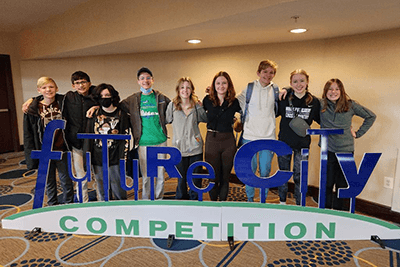
 A very special thank you goes to all who supported the students’ work, and very heartfelt gratitude to Mr. Milam, Mr. Braafladt, and Ms. Murr for traveling to D.C. with this incredible group of young engineers. Additional kudos to the awesome eighth grade team, Ms. Atchison, Ms. MacPhail, and Ms. Phillips, who all played important roles in Team VAXA’s success.
A very special thank you goes to all who supported the students’ work, and very heartfelt gratitude to Mr. Milam, Mr. Braafladt, and Ms. Murr for traveling to D.C. with this incredible group of young engineers. Additional kudos to the awesome eighth grade team, Ms. Atchison, Ms. MacPhail, and Ms. Phillips, who all played important roles in Team VAXA’s success.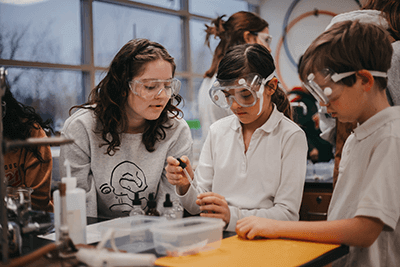 from Bill Hudson, head of school
from Bill Hudson, head of school Thank You!
Thank You! How long have you taught at MPA?
How long have you taught at MPA? The Minnesota Scholastic Art Awards were announced, and the following students had work recognized this year. We’re congratulating Upper School artists for their work being featured this year! Gold Key work will be featured in an exhibition at the Regis Gallery at the University of Minnesota, and the work will advance to compete at the national level. Silver Key and Honorable Mention work will be part of an online exhibition. Congratulations to Maxwell Spencer, Alexx Tolstad, Elise DeBruzzi, Tasos Dimopoulos, Aixa Kellermann, and Ema Santibanez for their excellent artwork!
The Minnesota Scholastic Art Awards were announced, and the following students had work recognized this year. We’re congratulating Upper School artists for their work being featured this year! Gold Key work will be featured in an exhibition at the Regis Gallery at the University of Minnesota, and the work will advance to compete at the national level. Silver Key and Honorable Mention work will be part of an online exhibition. Congratulations to Maxwell Spencer, Alexx Tolstad, Elise DeBruzzi, Tasos Dimopoulos, Aixa Kellermann, and Ema Santibanez for their excellent artwork!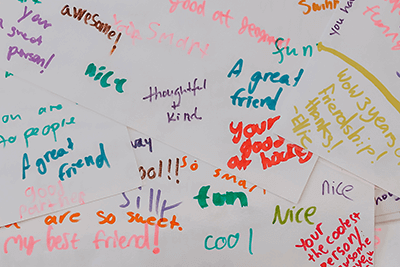 from Bill Hudson, head of school
from Bill Hudson, head of school from Ann Jurewicz, Lower School director
from Ann Jurewicz, Lower School director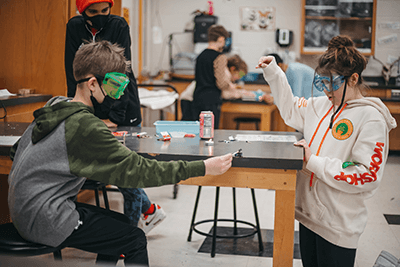 from Jenn Milam, Middle School director
from Jenn Milam, Middle School director